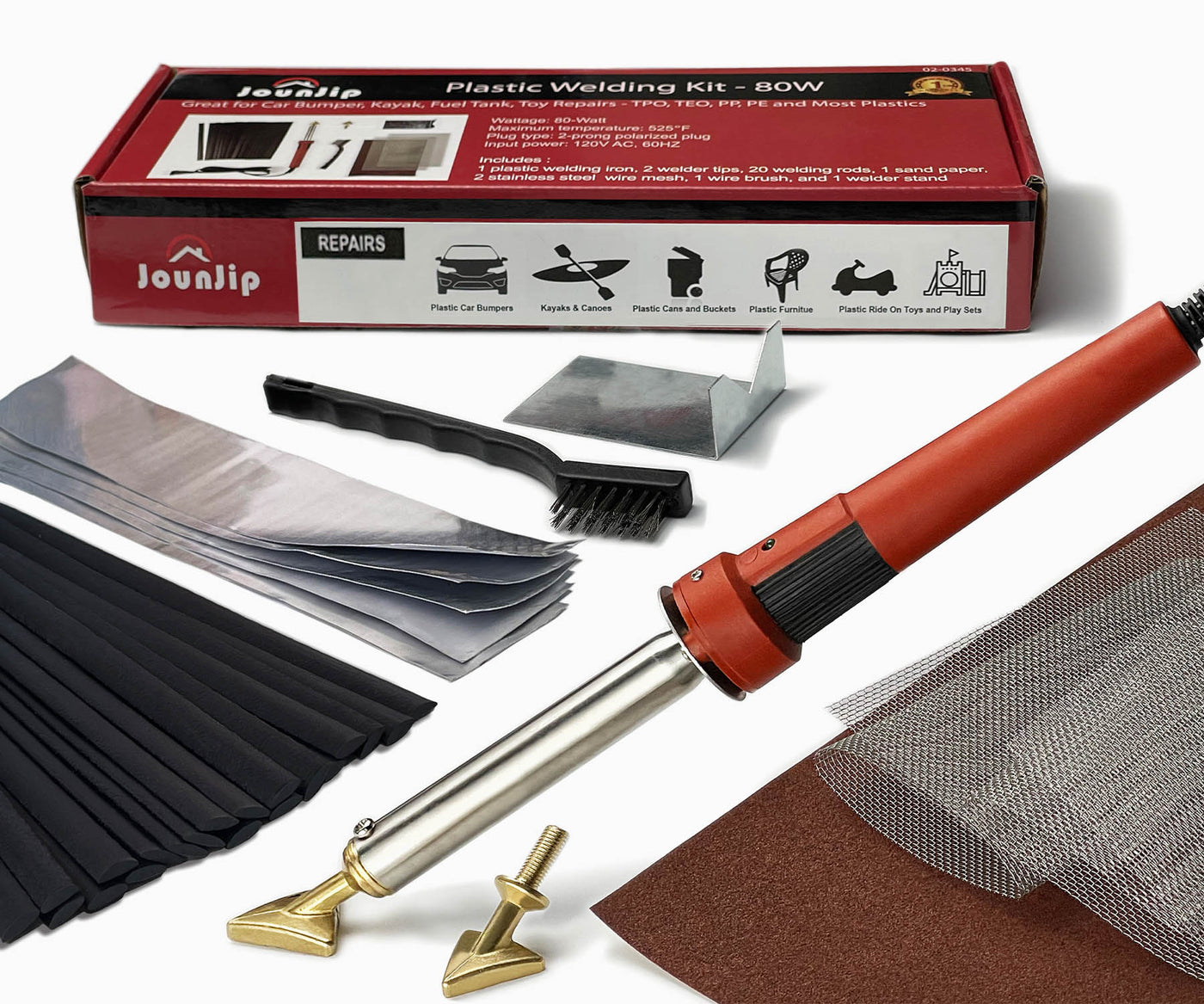Car AC Dye Leak Detectors A Comprehensive Guide
As the summer heat continues to rise, we rely on our car's air conditioning system to keep us cool and comfortable during our daily commutes. However, a malfunctioning AC system can quickly turn a pleasant drive into a suffocating experience. One of the most common issues with car AC systems is leaks, which can significantly impact the system's performance and result in expensive repairs. Fortunately, car AC dye leak detectors have revolutionized the process of identifying leaks, making it easier and more accurate for technicians. In this comprehensive guide, we will delve into everything you need to know about these essential tools.
1. The Importance of Identifying Leaks

Before we dive into the depths of car AC dye leak detectors, it's vital to understand the significance of detecting and fixing leaks in the first place. A tiny leak in your car's AC system may seem insignificant, but it can lead to several problems, including:
- Reduced cooling performance: As refrigerant escapes through leaks, your AC system will not be able to cool the air as efficiently, leading to less effective cooling.
- Increased energy consumption: With reduced cooling performance, your AC system has to work harder, resulting in higher energy consumption and a strain on your car's engine.
- Environmental concerns: Refrigerant is harmful to the environment, and leaking refrigerant can contribute to ozone depletion and global warming.
- Costly repairs: Ignoring leaks can cause further damage to your AC system, resulting in more expensive repairs down the line.
In short, detecting and fixing leaks is crucial for maintaining the performance of your car's AC system and preventing costly repairs in the future.
Types of Leaks in Car AC Systems
Car AC systems are complex and consist of various components, making them susceptible to different types of leaks. Some of the most common sources of leaks include:
- Hoses and connections: Over time, the rubber hoses and connections in your AC system can become brittle and develop cracks, leading to leaks.
- O-rings and seals: Seals and O-rings are used to prevent refrigerant from escaping; however, they can wear out or become damaged, resulting in leaks.
- Compressor: The compressor is the heart of your AC system, and any damage to it can cause leaks.
- Condenser and evaporator: These components are responsible for cooling the refrigerant and can also develop leaks due to corrosion or damage.
Now that we understand the importance of detecting leaks let's explore the different types of car AC dye leak detectors available in the market.
2. Types of Car AC Dye Leak Detectors
:max_bytes(150000):strip_icc()/Restaurant-tipping-2000-3371dcfec5a243db992cfecf8908f851.jpg)
As mentioned earlier, there are two primary types of car AC dye leak detectors: invisible dye injectors and dye sticks/tablets. Let's take a closer look at each type and how they work.
Invisible Dye Injectors
As the name suggests, invisible dye injectors inject a small amount of fluorescent dye directly into the AC system. This dye then circulates along with the refrigerant and becomes visible when exposed to UV light. Invisible dye injectors are often used for smaller leaks that may not be easily detectable by visual inspection. They are also suitable for use in larger systems as they can effectively circulate throughout the entire system.
One of the significant advantages of invisible dye injectors is their accuracy. Since the dye is injected directly into the system, technicians can pinpoint the exact location of the leak, making repairs more efficient.
On the downside, invisible dye injectors can be more expensive than other types of leak detectors and may require specialized equipment and training to use correctly.
Dye Sticks/Tablets
Unlike invisible dye injectors, dye sticks or tablets are placed inside the AC system, usually through the service port. As the system runs, the dye dissolves and circulates, making leaks visible under UV light. Dye sticks/tablets are usually more affordable than invisible dye injectors and easier to use.
However, one of the significant drawbacks of dye sticks/tablets is their limited ability to circulate throughout the AC system. This means that they may not be suitable for larger systems or for detecting smaller leaks.
Now that we have a good understanding of the two types of car AC dye leak detectors let's explore how to use them effectively.
3. How to Use Car AC Dye Leak Detectors

The process of using car AC dye leak detectors may vary slightly depending on the type of detector you are using. However, there are some general steps that you should follow for optimal results.
Step 1: Prepare the AC System
Before adding any dye to your AC system, it's crucial to clean and dry the components that will come into contact with the dye. This includes hoses, connections, and the service port. Any debris or dirt can affect the accuracy of the detection.
Step 2: Inject/Add the Dye
If you are using an invisible dye injector, you will need to add the appropriate amount of dye into the system. The exact amount will depend on the size of your AC system, so make sure to follow the manufacturer's instructions carefully.
For dye sticks/tablets, simply place the recommended number of sticks or tablets into the service port.
Step 3: Run the System
Once the dye has been added, run your AC system for at least 10-15 minutes to allow the dye to circulate thoroughly.
Step 4: Inspect with UV Light
After running the system, use a UV light to inspect the components for any signs of dye leakage. If there are any leaks present, the dye will glow brightly under the UV light, making them easy to locate.
Step 5: Make Repairs
Once you have identified the leak, it's essential to make the necessary repairs as soon as possible. This will prevent further damage to your AC system and ensure that it continues to function correctly.
4. Tips for Choosing a Car AC Dye Leak Detector

With so many different car AC dye leak detectors available, it can be overwhelming to choose the right one for your needs. Here are some tips to keep in mind when shopping for a leak detector:
- Consider the size of your AC system: If you have a larger system, an invisible dye injector may be a better option, while smaller systems can benefit from dye sticks/tablets.
- Look for high-quality dyes: Some dyes are more concentrated and effective than others, so make sure to read product reviews and choose a reputable brand.
- Check compatibility: Before purchasing a leak detector, make sure that it is compatible with your car's AC system. Some detectors may not work well with certain types of refrigerant.
- Consider additional features: Some leak detectors come with additional features such as UV lights or glasses, which can make the detection process more efficient.
By keeping these tips in mind, you can choose a car AC dye leak detector that meets your specific needs and provides accurate results.
5. Maintenance Tips for Your Car AC System

While car AC dye leak detectors can help identify leaks, proper maintenance of your AC system is crucial for preventing them in the first place. Here are some tips to keep your car's AC system running smoothly:
- Regularly check for leaks: Even if you don't suspect any issues with your AC system, it's always a good idea to conduct regular visual inspections to catch any potential leaks early on.
- Replace O-rings and seals: As mentioned earlier, O-rings and seals can wear out over time, leading to leaks. Inspect these components regularly and replace them as needed.
- Keep your AC system clean: Dirt and debris can build up in your AC system, affecting its performance and causing leaks. Regularly cleaning the components can prevent this from happening.
- Get regular maintenance checks: It's essential to have a professional inspect and service your AC system at least once a year to catch any potential leaks or issues early on.
By following these maintenance tips, you can keep your car's AC system in top condition and avoid costly repairs.
6. The Cost of Car AC Dye Leak Detectors
The cost of car AC dye leak detectors can vary significantly depending on the type of detector and the brand you choose. Invisible dye injectors tend to be more expensive, with prices ranging from $30-$100, while dye sticks/tablets are typically more affordable, priced at around $10-$30.
However, it's important to keep in mind that investing in a reliable and accurate leak detector can save you money in the long run by preventing costly repairs and inefficient cooling.
Conclusion
In conclusion, car AC dye leak detectors are essential tools for maintaining the performance of your car's air conditioning system. By choosing the right type of detector and following proper usage and maintenance techniques, you can quickly identify and fix leaks, ensuring that your AC system continues to provide efficient and comfortable cooling. Remember to conduct regular inspections and invest in good-quality dyes to ensure accurate results and prevent costly repairs down the line. With this comprehensive guide, you are now equipped with all the necessary knowledge to detect and tackle leaks in your car's AC system effectively.



